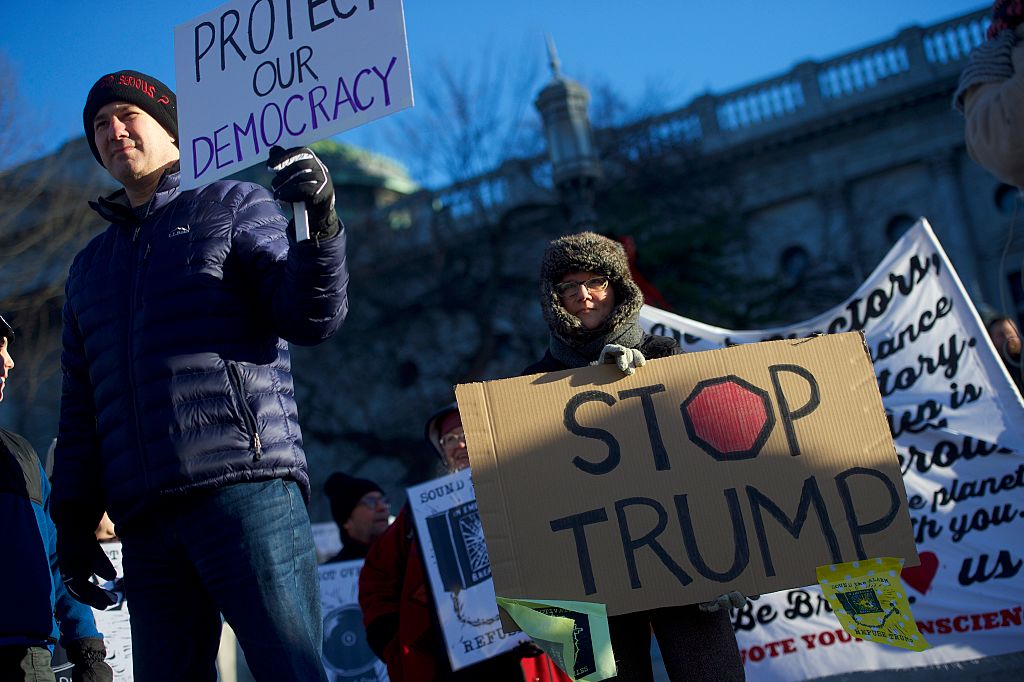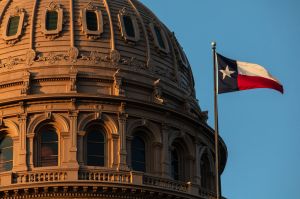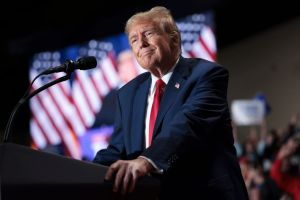Though often lost in the debate over the Electoral College, Article II in our Constitution created a system in which the people of each state actually vote for a slate of electors representing each presidential candidate. The presidential candidate whose slate wins the popular vote in each state then gets to cast its ballots to elect the president. Each state gets electoral votes equaling the number of representatives and senators. That is why the only number that truly matters on Election Day is the number of electoral votes each candidate will receive when the electors meet and vote over a month later.
While the national popular vote total tends to correlate with the outcome of the Electoral College, it sometimes does not, largely due to a few large non-politically diverse states voting so heavily for the Democratic candidate that it puts the losing candidate ahead in the national popular vote. When this happens, the losers predictably scream ‘foul’, but their complaint illustrates a fundamental misunderstanding of what the Founding Fathers did to ensure that every state and their people got a say in who became president.
Specifically, the president is a blend of the two houses of Congress. Representatives, directly elected in each district by the people, represent the will of the people in their districts, which is why the House is traditionally more fiery than the Senate. Senators, originally elected by state legislatures before regrettably changed to popular vote by the 17th Amendment, represent the interests of the states, which is why historically it has been more tempered. The president, elected by electors voted on by the people in each state, represents all of America — the people who vote for the electors and the states that certify those electors.
That is why Alexander Hamilton noted in Federalist No. 68:
‘Talents for low intrigue and the little arts of popularity may alone suffice to elevate a man to the first honors in a single state; but it will require other talents and a different kind of merit to establish him in the esteem and confidence of the whole union, or of so considerable a portion of it as would be necessary to make him a successful candidate for the distinguished office of president of the United States.’ (My emphasis.)
To become president, the winner must win a considerable portion of the states, as signified by the 270 electoral votes needed to win.
The fact is in 2016 Trump won the popular vote in a majority of states (30) totaling 306 electoral votes. Those 30 states contain 186,790,098 Americans, which is 56.9 percent of the country’s total population. Thus, Trump won the popular vote in a clear majority of states representing a majority of Americans. As a result, under our Electoral College system, Trump won the presidency.
When progressives and critics of the Electoral College complain that Trump didn’t win the popular vote, what they really are saying is that Trump didn’t win the popular vote in California. Hillary Clinton won California by 4,269,978 votes. That state alone, as Hamilton warned, accounted for Clinton’s entire national popular vote advantage of 2,868,691 votes. Democrats essentially want to ignore the votes of every other state simply because California gives them such a huge victory margin.
Let me run through an example to show the absurd result the California popular vote model could give us.
Assume that the 2016 results in every state Trump won remained the same. Now add to his vote total a one-vote victory margin in every state Clinton won except just five states: California, Illinois, Maryland, Massachusetts and New York. That would subtract 2,636,017 votes from Clinton’s total, which would still give her a 232,642-vote majority of total votes. So, Trump would have won 45 states and the District of Columbia representing 74 percent of Americans, which would give him a 413-125 Electoral Vote win. Yet, under the California popular vote model, Clinton would still have won the presidency by 232,642 votes.
[special_offer]
The fact is that populous Democratic states are far more left-leaning than populous Republican states, thereby giving Democratic presidential candidates enormous vote margins a Republican presidential candidate must make up by winning more states. Of the 23 states with five million or more citizens where a large victory margin was attained in 2016, nine of those states resulted in a margin above the 55 percent mark. Only one-third of those states are Republican states — Indiana, Missouri, and Tennessee — that produced margins between 500,000 and 675,000 votes, with an average margin of 566,611. The other two-thirds are Democratic states — California, Illinois, Maryland, Massachusetts, New Jersey and New York — that had margins ranging from 546,000 votes in New Jersey to 4.269 million votes in California, with an average margin of 1,522,782. Those six states accounted for 81 percent of Clinton’s 11.2 million vote margins in the states she won.
Arguably, you can conclude that Democratic states are simply far less politically div
Our electoral system may not be perfect, but it is far better and representative than any alternative thus far proposed. If Democrats want to consistently win the presidency, they need to do a better job of appealing to a majority of states and stop grousing about why left-wing California voters should get to dictate who wins the White House.


















